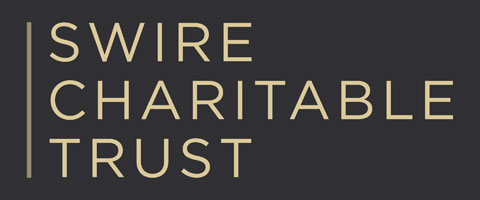Consultants for this entry onto The Red List: Jane O’Connor, Ella Mae Sueref, Joshua Gibson, Mark Goldsworthy, Richard O’Neill. Many thanks for your generous time and willingness to speak on your crafts. Thanks to all the participants of The GRTSB Crafts Makers Survey.
Cultural Significance
As culturally nomadic people, Travellers and British Romani people are traditionally seasonal workers and itinerate traders, with needs that pertain to all aspects of life that embrace living and working on a traditional regional ‘circuit’, based on family Atchin Tans (Stopping Places), agricultural labour and attending national horse fairs (Epsom, Appleby and Stow, for example). Although many families now have more static accommodation, the historic family circuits and connections to places remain strong in the living cultural memory.
Stylised scrolls and line work also developed in tandem with Showmen’s Guilds and traditional fairground arts of the Victorian and Edwardian eras, featuring stylistic and popular Victorian motifs of flourishing scrolls and brilliant glass painting popular at the time. As belonging to traditionally oral Traveller cultures, the Romani vardo specifically uses decorative symbols and motifs that invoke good luck, abundance, wealth and favoured animals such as horses and birds. Horseshoes, fruit and birds-in-flight are often found alongside scrolls and tendrils, rendered in bright and rich colours, accented with gold. The vardo in its entirety is a work of art; etched glass windows, fittings, furnishings and internal paintwork add beauty to every surface, with all aspects considered in the design and making.
Famous and well-known names in the heritage lineage of vardo crafts and waggon painting include, Bill Wright, Tom Dunton, Tom Stephenson, Roy Peters, Lol Thompson, George Nixon, Big Roy Morris, Bill Birch, Ryalla Duffy and Yorkie Greenwood.






